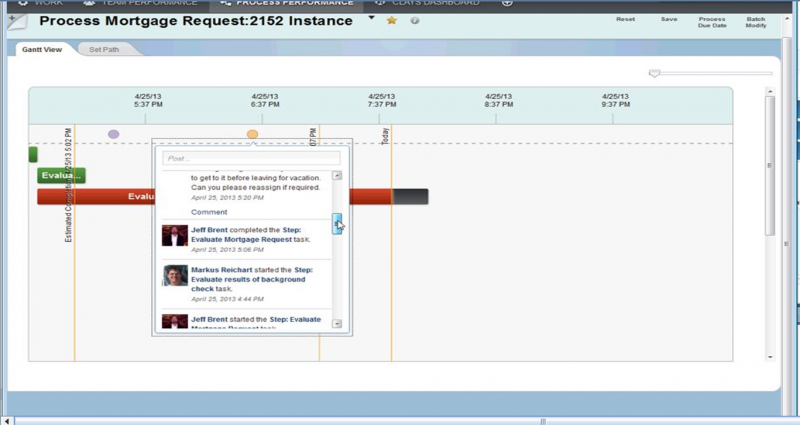BPM Vendors Hint At New Ways To Navigate Complex Work
Earlier this month I attended IBM Impact in Las Vegas where the software vendor announced new enhancements and features for their BPM suite product. On the face of it, the announcement sounded a bit underwhelming, with heavy emphasis on updating core functionality that was needed to remain competitive in the market. However, one bullet in the announcement stood out:
- “Significant enhancements to the IBM BPM built-in dashboards to help improve business process outcomes and enable the creation of custom dashboards.”
Based on follow up demos and deeper review of the new dashboard functionality, I believe IBM is underselling this capability. Calling it "enhanced dashboards" seems to miss the point. Why? Because it really is a new interface for navigating and completing work tasks.
Instead of accessing and completing work tasks from static work lists, IBM is empowering developers to create custom applications that allow workers to access and navigate work in richer more meaningful ways. For example, the new features support overlaying social interaction with process timelines to show how team members interacted throughout the life of a given process (see screenshot below).
A few days following IBM Impact, I attended Appian World, where Appian announced new features for navigating and initiating tasks from a "records" view. Appian had previewed this feature to us in the past and it lined up with much of the research we had done over the past few years on process data management (connecting MDM and BPM). However, a follow up conversation with Appian's CEO, Matt Caulkins helped me put things into perspective.
Matt pointed out that workers need to be free to investigate and discover answers to business problems and not be treated like robots. Although we did not see eye-to-eye on where process guidance adds value, we did agree on the basic trend that work is becoming more complex and that workers need to have richer ways to navigate work tasks besides the standard work lists and work queues that have been standard in BPM suites for the last decade.
While I like these new features from Appian and IBM, they both still have work to do to make the features easier to configure and use. In the case of IBM, users can only take a limited number of actions from a dashboard app. They will need to enrich these dashboard apps to allow users to execute custom actions. For example, as a manager reviews process performance for an order process, maybe he will want to launch a social conversation around why a bottleneck appears in the process at a particular point in the month.
As for Appian, they provide the ability to initiate custom actions from a records view, but they still need to work on making it easy to create the records view object. Currently, the records view object is created from a schema mapping interface.
Let me know what you think? Do you think BPM suite vendors are making progress with providing richer interfaces for navigating and completing work tasks? What additional features do you think vendors need to add to make it easier to navigate, discover, and investigate complex work tasks? Feel free to leave a comment or shoot me an e-mail at crichardson@forrester.com.
Screenshot (Source: IBM)
